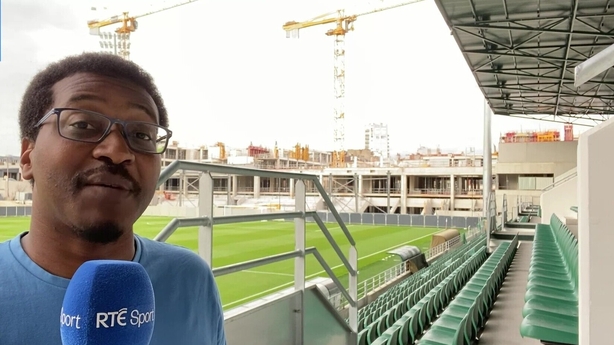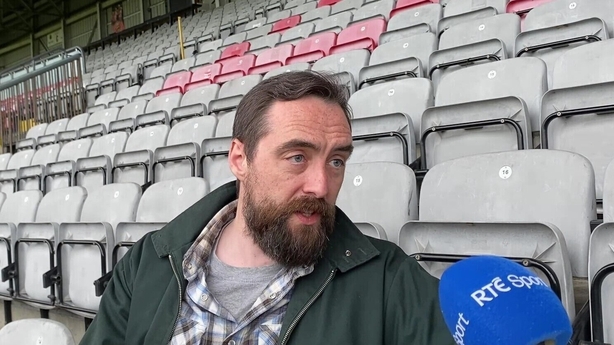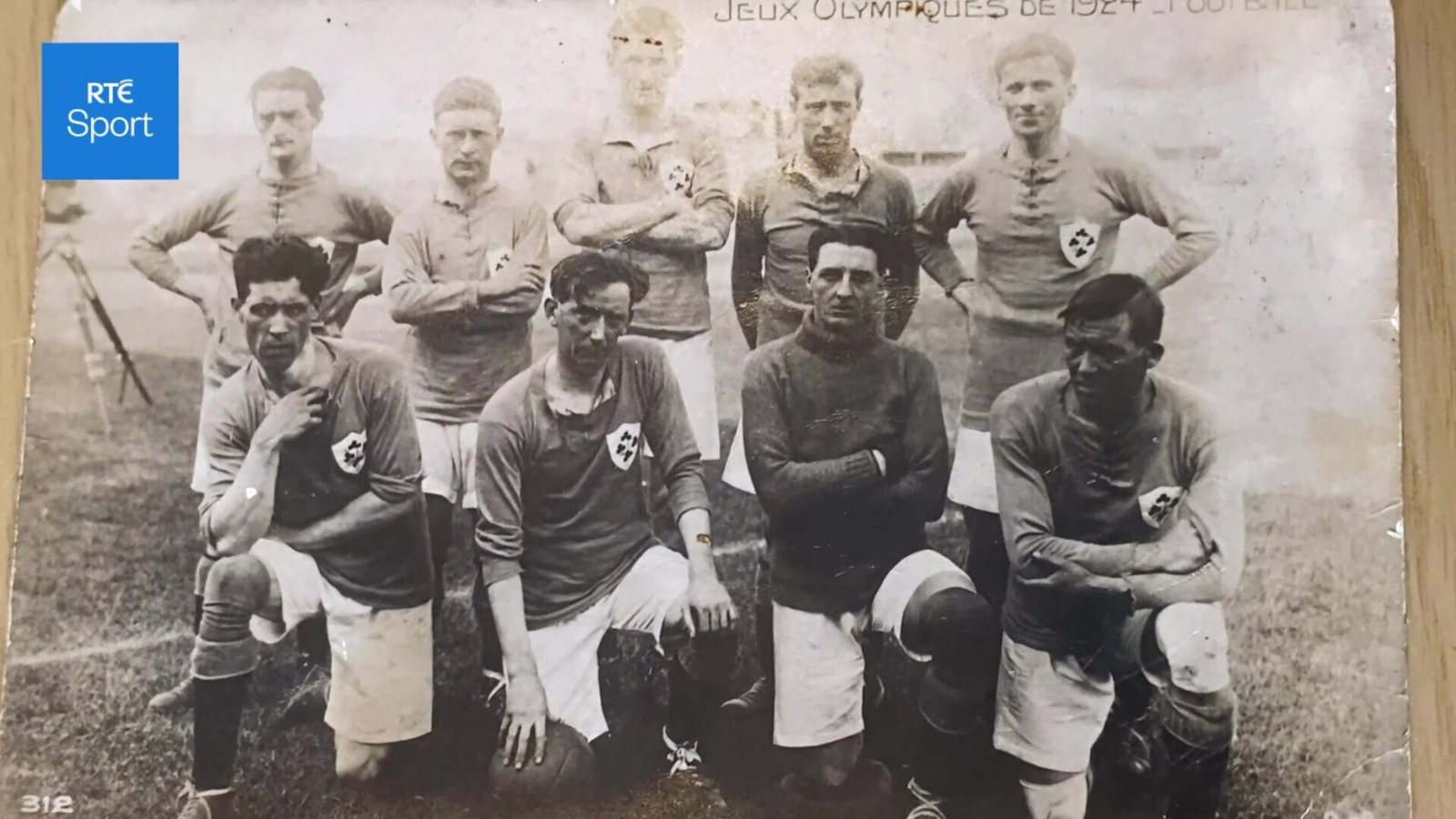There’s a nice symmetry to the Olympics returning to Paris for the first time in 100 years – not least for Irish soccer.
Emerging from the fractious early 1920s with the running of the game on the island split in two between the Northern IFA and the newly christened FAI FS (Football Association of Ireland Free State), the 1924 Olympic Games in the French capital proved to be the Republic of Ireland’s entry onto the world’s stage.
And yet until earlier this summer, all four matches played by a fabled squad of 16 players that year were no longer fully recognised as official senior internationals and their exploits had faded into the mists of time.
Before setting out for Paris ahead of this year’s Olympics, I began exploring the story behind the Irish team that played at that 1924 edition in a short YouTube documentary you can watch above and it coincided with it being the year that the mist evaporated.
Following research conducted by the 1924 Centenary Committee – a group made up of journalists Tadhg Carey and Paul Lennon, MEP Aodhán Ó Ríordáin, as well as historian Gerry Farrell and National Teams’ Supporter Liaison Officer Gary Spain – proposals were put to the FAI to ensure that the team from 100 years ago would be re-added to the start of the Irish senior team’s all-time record.
The association formally approved those proposals in May and now forevermore, fixtures against Bulgaria and the Netherlands at the 1924 Paris Games as well as subsequent friendlies versus Estonia and the USA make up the first four entries in the official list of matches played by the Boys in Green.
The 1924 football team was honoured through their descendants who were invited to the Castleknock Hotel on 27 May – where two of them shared with me what they knew and learned about what their family members achieved a century ago – before being given pride of place on the Aviva Stadium pitch ahead of the June friendly win over Hungary.
They had the pleasure of being able to celebrate the fact that their ancestors were fully rubber-stamped as the forebearers to the legacy built on by the likes of John Giles, Liam Brady, Paul McGrath, Roy Keane and many others.
That means the Republic of Ireland’s first ever goalscorer, captain and cap winners have had their places restored in the historical record.
But it was more than just about securing new answers to pub quiz questions about Irish football history.
While 1924 marked Ireland’s Olympic debut as an independent nation, the fact that most of the football tournament took place before that year’s opening ceremony means the FAI FS team enjoyed some Irish sporting firsts before their colleagues from other disciplines.
“It was the first time the tricolour was flown at a sporting event abroad,” Committee member Gary Spain told me as he shared Ireland-related memorabilia from the Games from a century ago and the story of the Irish team getting to meet one of early football history’s luminaries.

“It’s hugely significant because in 1923 the FAI was just admitted to FIFA so these were actually the first internationals we ever played and these players were our first Olympians, because it was the first time Ireland competed as Ireland in the Olympics.
“Our athletes previously competed for Britain and the USA and because the football tournament was held a few weeks before the main Games, these footballers became our first Olympians – so our first (football) internationals and also the first Irish footballers to play in a major tournament.”
So where was Ireland’s first official match played? I payed it a visit immediately after arriving in Paris on Tuesday 23 July and it involved journeying out to the western reaches of the city in a suburb called Colombes where the Yves Du Manoir stadium stands.
Renovated and in use as the venue for the Paris 2024 men’s and women’s hockey tournaments, it may not resemble the structure that stood there 100 years ago but its continued existence offers a direct and visible connection to 1924 and the maiden match that Ireland played – and won – against Bulgaria there.
The venue for Ireland’s second ever match lies further east, closer to the Stade de France, and it had a far more old-school feel.

The Stade Bauer, home to Red Star FC, a lower division club recently promoted to the French second tier, was nestled behind a building site and a residential area.
This was where the Irish journey ended at the 1924 Olympics at the hands of the Netherlands in a quarter-final clash – a run to the last-eight that would not be matched until Italia 90.
As Gerry Farrell, who offered detailed insights into the players, League of Ireland backgrounds and socio-political context from 1924, said in the documentary of that pre-FIFA World Cup era, “The 1924 Olympics and the 1928 ones were effectively and are regarded as FIFA’s world championships.

“So these were the real deal world championships and I think those (Irish) players should be recognised, and they did it through amazing adversity really.”
In later years we had Stuttgart, Genoa, Giants Stadium and many more moments but as it turns out we always had Paris.
Watch the full short documentary above via YouTube.
Watch the 2024 Olympic Games with 14 hours of televised action on RTÉ2 and RTÉ Player each day. Listen to extensive radio coverage on RTÉ Radio 1 and 2fm’s Game On and follow each moment from Paris on RTÉ.ie, the RTÉ News app and all RTÉ digital platforms. Listen to the daily RTÉ Sport Olympics Podcast.

